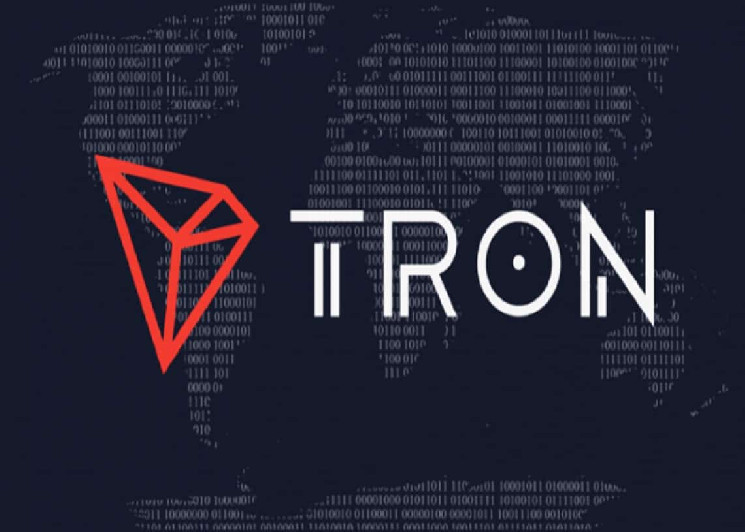Following the successful activation of the Oxford 2 protocol on February 9th, the Tezos Blockchain community is abuzz once again. This time, the excitement revolves around the proposals of the Paris protocol – Paris A and Paris B – each promising significant advancements to the Tezos protocol.
The hash keys identify these proposals, with the goal of introducing lower latency, faster finality, and essential updates to the Proof-of-Stake (PoS) mechanism. Let’s explore the intricacies of these proposals and understand their implications for the future of Tezos.
### Updates and Important Improvements of the Tezos Blockchain
Paris A and Paris B bring substantial improvements to the Tezos protocol, including:
1. **Lower latency and higher speed:** By reducing block times to just 10 seconds, both proposals aim to enhance transaction speed and network efficiency while maintaining decentralization and security.
2. **Activation of the Data Availability Layer (DAL):** The introduction of DAL on Mainnet is poised to redefine scalability, particularly benefiting Smart Rollups like Etherlink, and significantly boosting throughput and bandwidth.
3. **Refinement of Tezos PoS:** Both proposals feature enhancements to Tezos PoS, simplifying the acquisition and updating of baking rights and streamlining the calculation process.
Paris B introduces Adaptive Issuance, Staking, and Adaptive Slashing immediately after protocol activation, representing a substantial revision of the Tezos PoS mechanism. This adaptation aims to align the protocol with real-world use cases and enhance the chain’s security.
On the other hand, Paris A offers the opportunity for bakers to vote for the activation of these features at a later stage through a signaling mechanism on the chain. This gradual adoption process allows bakers to evaluate the impact of these features before implementation.
### Main Features
1. **Adaptive issuance:** This mechanism regulates the issuance of tez by the protocol based on the ratio between tez staked and the total supply, incentivizing participants to stake funds to maintain a target ratio.
2. **Episode:** The Paris proposals introduce a new role – the staker – enabling participants to contribute to a baker’s security deposit without relinquishing custody of their funds, subject to slashing in case of misconduct.
3. **Adaptive Slashing:** Enhancing the slashing mechanism to differentiate between innocent errors and deliberate attacks, ensuring fair penalties based on the total stake of the attester.
Paris A adopts a more methodical approach, allowing the activation of functions through a voting mechanism, while Paris B implements Adaptive Issuance, Staking, and Adaptive Slashing immediately upon protocol activation, expediting their deployment.
Both Paris proposals incorporate additional enhancements to Tezos’ PoS, beyond Adaptive Issuance, Staking, and Adaptive Slashing, streamlining batch rights calculation and reducing delays and grace periods to enhance network efficiency.
### Conclusions
The Paris protocol proposals signify an exciting phase in the development of the Tezos blockchain. With a focus on speed, scalability, and security improvements, Tezos solidifies its position as a leading blockchain platform.
Whether through the gradual adoption of Paris A or the swift implementation of Paris B, the future looks bright for Tezos and its dynamic community. As we anticipate the outcome of these proposals, collaboration and innovation will pave the way for a brighter future for Tezos.
Join the conversation on Tezos Discord and stay updated in the #baking-announcements channel for the latest developments. Together, we can shape the next chapter of Tezos’ journey, filled with endless possibilities and opportunities for growth.









